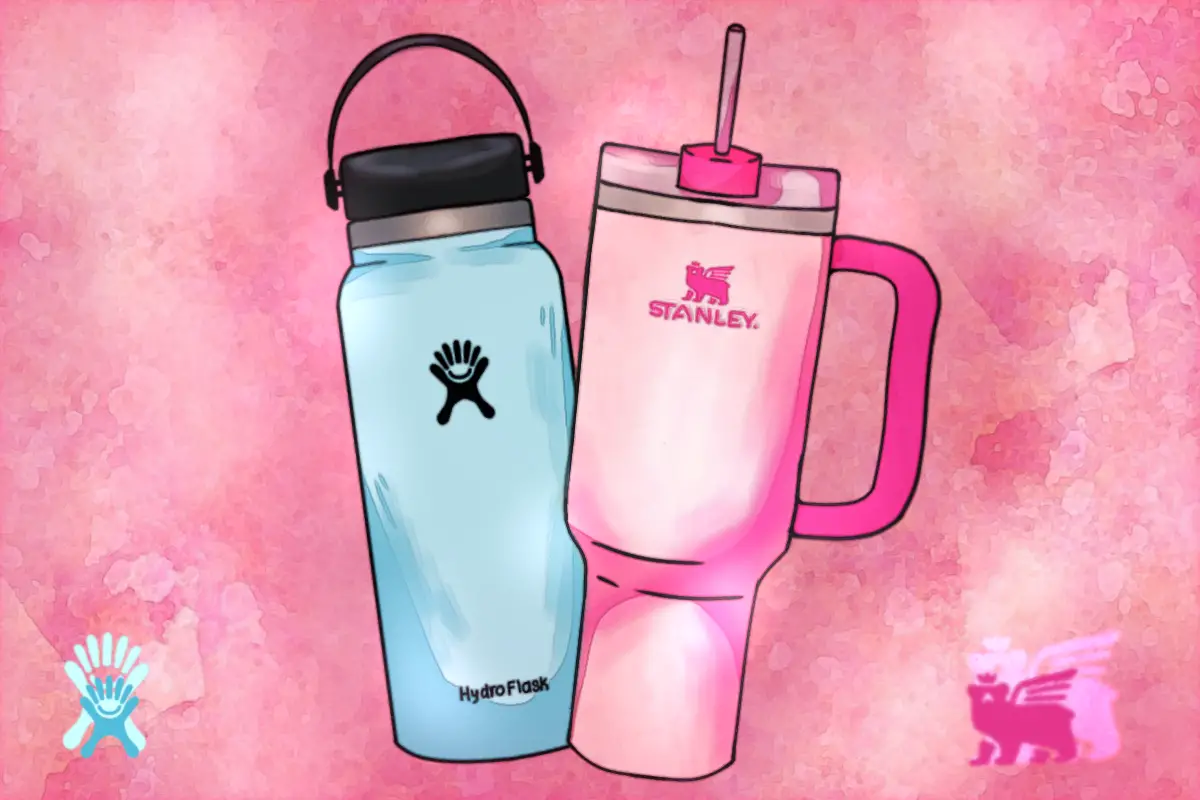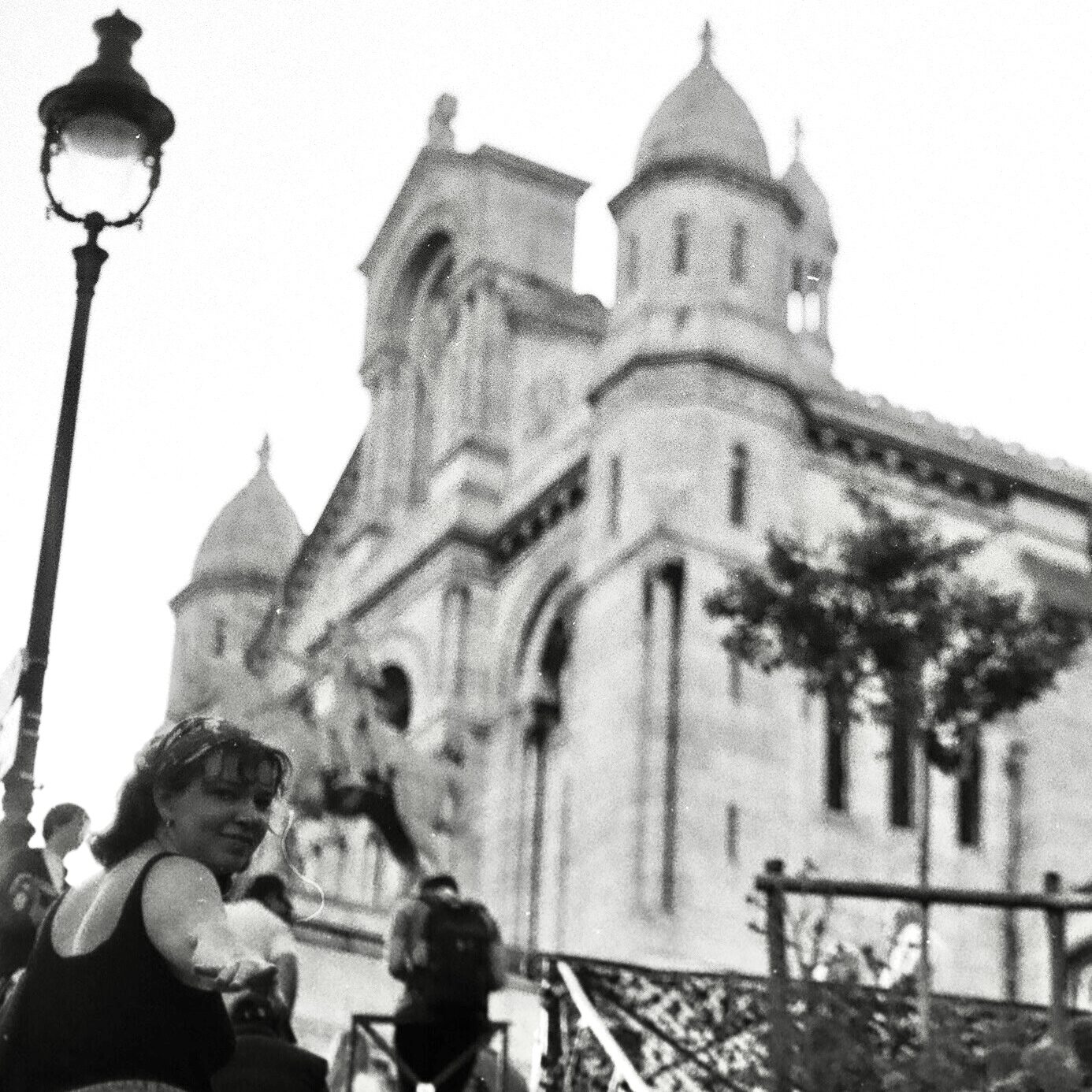Since the 1700s, individual waters have been sold to the general public. However, with a growing awareness of climate change and our carbon footprint have reintroduced the use of reusable water bottles. A personal bottle has quickly become the new standard for the everyday water drinker. It’s easy to see when your own water bottle becomes an emotional support object when it comes in your favorite color and is covered in stickers. The craze comes from the intense unadulterated love these drinkers have to one brand in particular: Stanley. Even though the brand is over 100 years old, its reemergence has cleared shelves at a staggering pace even with prices upwards $50. So, how did we get here?
In the years before social media and viral products, there were trusted brands for water bottles that were championed by hikers, runners, and the general hipster community. Nalgene seems to be the brand that started it all. Offered in different colors and sizes, the water bottle was functional and could be made your own. It was a cute or cool change-up from the generic nippletop bottle that you would receive from a promotional advertisement. Nalgene ran the game until about 2015 when Camelbak hit the scene. These water bottles were colorful, and Instagram-worthy, and even came with its own straw. It still appealed to the “granola” crowd with their one-shoulder backpacks and Patagonia jackets, but mothers could also buy the miniature sizes for their kids for a spill-proof, on-the-go bottle.
Everything changed with S’well. By 2016, water was cool if you had a S’well to drink it out of. An insulated water bottle, marketed to the younger generation, and made to fit in the sleeve of your backpack, S’well was every middle schooler’s dream and every teacher’s nightmare. These were metal and eventually were found on every desk in the classroom, that would lead to an unmissable clatter if the item toppled over. Teachers became fed up with the disruptions and began banning the metal bottles from their classrooms. However, the S’well bottle began the trend of metal-insulated bottles, giving users hours and hours of hot or cold drinks. This was until we reached 2019 with the Hydroflask and Yeti and their thick handles and tall base. Often in pastel colors, these bottles inspired the idea that the more stickers you could cram onto the 32oz bottle, the cooler you were. These were the perfect bottles to fill to the brim with ice and carry around with you all day.
In 2020, the COVID-19 pandemic forced us all to stay put, until we eventually returned to work and school’s regular routines. Upon our return, we found that the water fountains were out of order. No one wanted to share drinks, but more than ever, we were conscious of our own health and well-being. Staying hydrated and drinking more water became a part of new year’s resolutions which meant carrying around a water bottle that could last you all day if needed. This became the perfect time for Stanley’s Quencher Tumbler to take center stage. With a handle for an easy strut around campus or in your home but a tapered bottom to fit in your car holder, 40 oz of water was never trendier to lug around. Celebrities like Hailey Bieber and Emma Chamberlain and online trends of clean girl aesthetic with hydrated skin became desirable for everyone online. Soon after, tumblers started flying off the shelves.
For those who do not habitually drink water, it can be hard to make this part of their daily routine. Even if you have a third of a gallon sitting in your tumbler. TikTok influencers started creating water-making content calling it “Watertok,” a dystopian idea executed as such. They would use flavored powdered packets and liquid water enhancers to make water taste like pina colada or something called Orange Mermaid Water. Even though a lot of these enhancers are sugar-free, doctors and experts are torn on whether this is a healthy way to get your daily dose of H2O. While they agree people are drinking more liquid than ever before, it doesn’t mean these alternatives are as hydrating and nourishing as the consumer would believe. Doctors encourage their patients to drink plain water as that is the most direct hydration, and if they feel they need to sweeten the drink, add fruit or frozen lemonade cubes before adding colorful powders to their water.
At the end of the day, you should be drinking water whenever you’re thirsty. It doesn’t matter if it’s coming from the hottest new 40 oz tumbler or just a glass from your cupboard. If you feel like having a water bottle covered in stickers from all your favorite places and highlighting your #1 band will encourage you to drink more water then go for it!

















